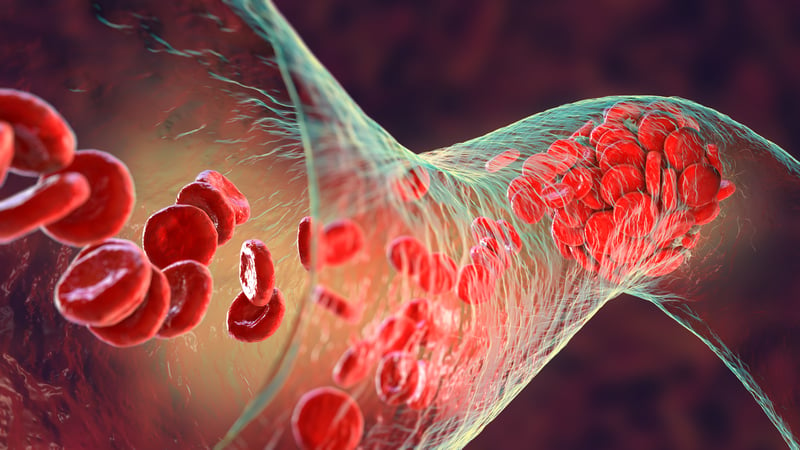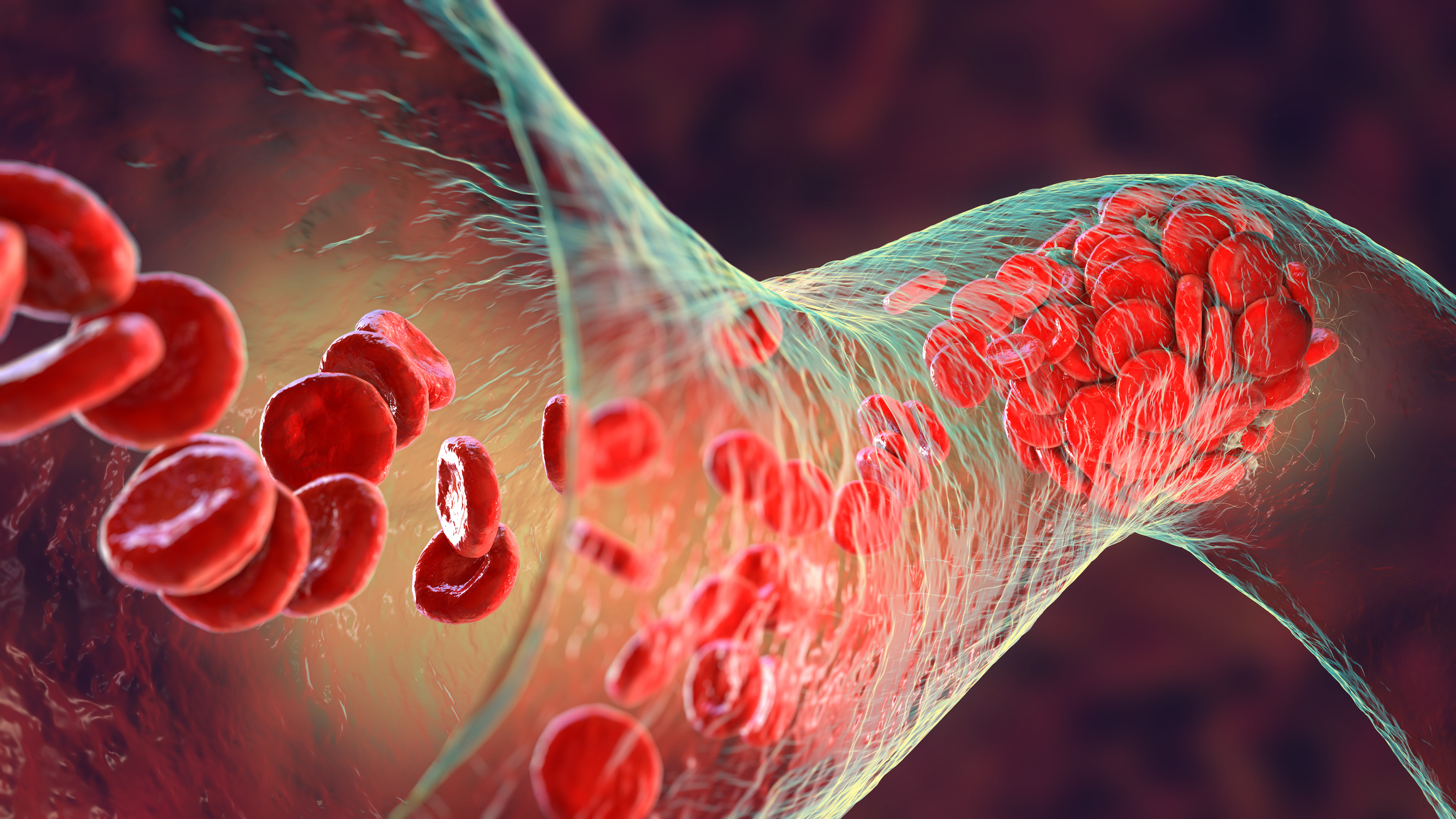HEV, the Blood Supply, and the Critical Role of Assay Validation
Switzerland experienced an outbreak of Hepatitis E Virus (HEV) in 2021, and the cause remains a mystery. More than half of the 105 cases were detected following blood donations, and almost a third were asymptomatic. Twenty-nine people were hospitalized, and two died.
Essential lessons on this emerging virus came to light due to what happened in Switzerland, specifically, the serious health risk this virus poses and its threat to the blood supply.
HEV Genotypes
HEV is a small, non-enveloped, positive-stranded RNA virus with a genome size of ~7.2 Kb. There are four major genotypes implicated in human disease:
- Genotypes 1 and 2 are associated with waterborne epidemic outbreaks in subtropical regions of the developing world.
- Genotypes 3 and 4 are typically involved in HEV infections originating in industrialized countries. They are zoonotic in origin and associated with direct animal contact or consumption of undercooked meats or transmission via contaminated blood products.
HEV gt3 and gt4 infections are asymptomatic in most people, but acute infection is more likely in immunocompromised or immunosuppressed individuals. Acute HEV may present as acute liver failure and can also affect the neural and renal systems. In solid-organ transplant patients, acute HEV infection can lead to chronic hepatitis E in approximately 50% of cases, with a potential for rapid progression to cirrhosis.
Blood Screening
 Several European studies have determined the frequency of HEV viremia in blood donations. Studies from the Netherlands and Scotland suggest that positive donations have increased significantly. A 2018 German study reported an HEV RNA prevalence of 0.12% (23/18,737) in blood donors, which was higher than previous German studies. The most extensive study in the United Kingdom documented a ratio of 1/2850 blood donations positive for HEV. The likelihood of developing clinically relevant hepatitis E after transfusion of an HEV-contaminated blood product was determined to be 42%. Since 2012, eight EU countries have implemented HEV blood screening.
Several European studies have determined the frequency of HEV viremia in blood donations. Studies from the Netherlands and Scotland suggest that positive donations have increased significantly. A 2018 German study reported an HEV RNA prevalence of 0.12% (23/18,737) in blood donors, which was higher than previous German studies. The most extensive study in the United Kingdom documented a ratio of 1/2850 blood donations positive for HEV. The likelihood of developing clinically relevant hepatitis E after transfusion of an HEV-contaminated blood product was determined to be 42%. Since 2012, eight EU countries have implemented HEV blood screening.
HEV gt 3 transmission is frequently foodborne by infected pork, fruit, or vegetables. Boland et al. suggest that the increased prevalence may be due to changes in “agri-food industry including animal husbandry, slaughter, processing, and distribution.” The risk of exposure through food is higher than exposure via contaminated blood products, leading to controversy over regular testing of all blood donations for HEV.
The mathematical risk models don’t account for the potentially more severe clinical consequences of viral particles injected directly into the bloodstream versus HEV particles introduced orally that must pass the gut/blood barrier.
Assays’ Role
An Irish study from 2016 to 2017 was particularly interesting because Ireland performs universal screening on individual blood donations rather than on mini pools. Testing uses the Procleix® HEV transcription-mediated amplification (TMA) assay. Of the 279,879 donations screened in the two-year study period, 59 were repeat reactive (0.021% or 1:4745 donations). Fifty-six donations (95%) had a quantifiable viral load, and of those, 21/56 (37.5%) had a viral load < 100 IU/mL. This suggests that the sensitivity of the assay is critical. (Reference: Boland et al.)
The most used assays in blood screening are:
- Procleix HEV assay (95% LoD 7.89 IU/mL; Panther testing system; Grifols Diagnostic Solutions, Inc., developed in collaboration with Hologic, Inc.)
- Cobas HEV PCR assay (95% LoD 18.6 IU/mL; Cobas 6800/8800 systems; Roche Molecular Systems, Inc.)
- RealStar HEV RT-PCR kit® for donation screening (95% LoD 4.7 IU/mL; Altona Diagnostics, Hamburg, Germany)
Of the eight EU countries implementing HEV blood screening, seven use a mini pool testing strategy of six, 24, or 96 individual donations. Techniques such as a larger pool size or selective testing of donations intended for those most at risk from transfusion-transmitted HEV can make screening more economical. However, pool testing puts even greater emphasis on the assay's sensitivity. For example, the Swiss Red Cross has implemented a universal HEV-RNA blood donor screening strategy using mini pools of 24 donors and testing on the Cobas HEV assay® with a required detection limit of 450 IU/mL. Since the Roche assay’s LoD is 18.6 IU/mL (450 ÷24 = 18.75 IU/mL), screening laboratories must ensure their lab’s performance is at least as good as the manufacturer’s claimed limits of detection.
Laboratories need to ensure that their test performance meets sensitivity requirements. Studies have shown that low viral load samples can transmit disease, and transmission depends on the infectious dose. The median infectious dose resulting in HEV infection reported by Dreier et al. was 520,000 IU. So, while a viral load of ~130 IU/mL is unlikely to cause transmission in a low-volume procedure, Boland et al. argue that high plasma volume transfer procedures such as apheresis platelet donation (~300 mL) would result in ~39,000 IU dose and a reasonable chance of transfusion transmission.
Confident Validation
Given the critical nature of assay performance and sensitivity over time, LGC Clinical Diagnostics is developing a line of HEV quality control reagents to help laboratories perform robust validation studies and monitor ongoing performance through challenging, full process low positive daily QC. AccuSetTM HEV Performance Panel is a 10-member validation panel of undiluted, naturally occurring plasma samples positive for Hepatitis E. The data sheet presents data from DIA.PRO HEV IgG ELISA, DIA.PRO HEV IgM ELISA, and Altona Diagnostics RealStar® HEV RT-PCR Kit 2.0. The AccuPlexTM HEV Positive Molecular Controls kit is in development. It is a full process, low positive daily QC material targeted at less than 100 IU/mL. These materials will provide HEV screening laboratories with the tools to ensure their assays meet the patients' needs.
Learn more about how the AccuSet panel and AccuPlex kit can make a difference in your validation studies by contact us.



